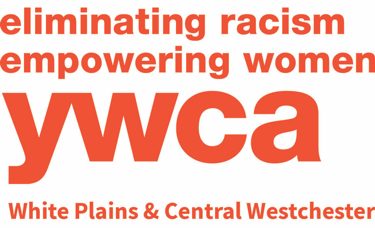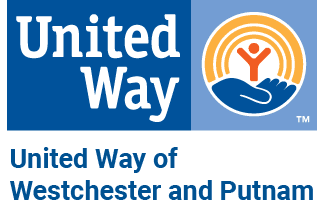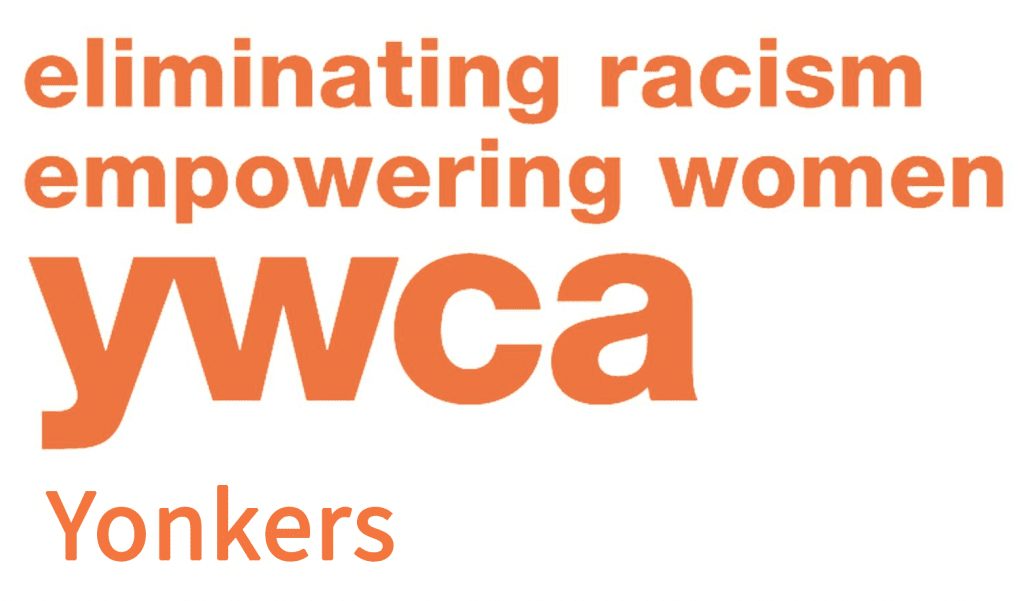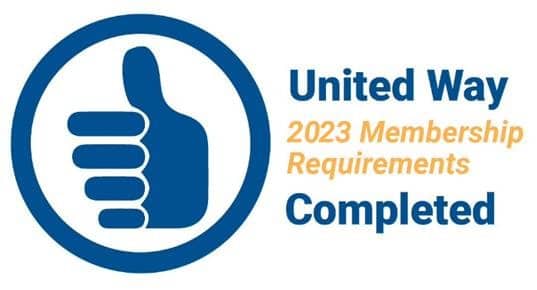
DAY 7: LEVELS OF RACISM

“I refuse to accept the view that mankind is so tragically bound to the starless midnight of racism and war that the bright daybreak of peace and brotherhood can never become a reality… I believe that unarmed truth and unconditional love will have the final word.”
THE REV. DR. MARTIN LUTHER KING, JR.
Champion of the civil rights movement
To go any further into the challenge, it is critical to acknowledge that racism is present across many levels. Oftentimes, when we discuss or acknowledge racism, we do so at an interpersonal level. Only seeing this level means that we fail to see the full picture that keeps the system of racism in place. However, racism exists on several levels: internalized, interpersonal, institutional, and structural. Today we will break down each of these levels to better understand how racism is perpetuated in our society.
- 1. Internalized Racism: A set of privately held beliefs, prejudices, and ideas about the superiority of whites and the inferiority of people of color. Among people of color, it manifests as internalized oppression. Among whites, it manifests as internalized racial superiority.
- 2. Interpersonal Racism: The expression of racism between individuals. It occurs when individuals interact, and their private beliefs affect their interactions.
- 3. Institutional Racism: Discriminatory treatment, unfair policies and practices, and inequitable opportunities and impacts within organizations and institutions, all based on race, that routinely produce racially inequitable outcomes for people of color and advantages for white people. Individuals within institutions take on the power of the institution when they reinforce racial inequities.
4. Structural Racism: A system in which public policies, institutional practices, cultural representations, and other norms work in various, often reinforcing, ways to perpetuate racial group inequality. It is racial bias among institutions and across society. It involves the cumulative and compounding effects of societal factors including the history, culture, ideology and interactions of institutions and policies that systematically privilege white people and disadvantage people of color.
TODAY’S CHALLENGE
An overview of the four levels of racism and the need for a systemic approach to seeing and addressing opportunities. (4 minutes)
“What is Internalized Racism?” to better understand how this level of racism works. (11 minutes)
The levels of racism and the importance of looking at systemic — not only individual — racism. (4 minutes)
Four short stories to help us understand privilege and racism. (20 minutes)
These articles were curated by a local committee to be used as a list of resources pertinent to DEI topics. The 21-Day Social Justice & Equity Challenge Committee would like to thank and give attribution to those who created the content above, which reflects their individual perspectives. We do not support nor endorse any advertisements associated with the above content
REFLECT
How did today’s challenge make you feel? What is something you learned today?
What have you learned about the different levels of racism?
What different types of racism have you observed? Can you recall an incident on one or more levels?
How does understanding the various types of racism help us build equity-focused solutions?
21-Day Social Justice & Equity Challenge Presented By




336 Central Park Avenue
White Plains, NY 10606
914.997.6700
Privacy Policy
Board Portal
Career Opportunities

